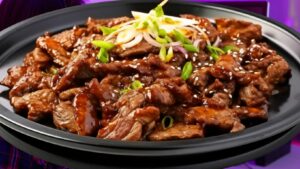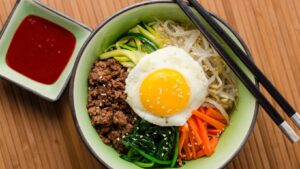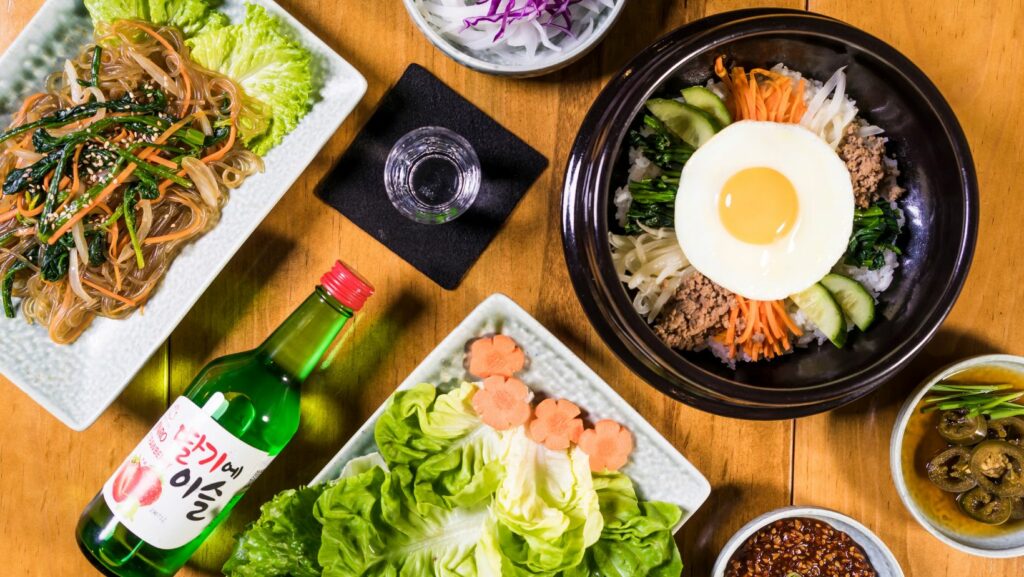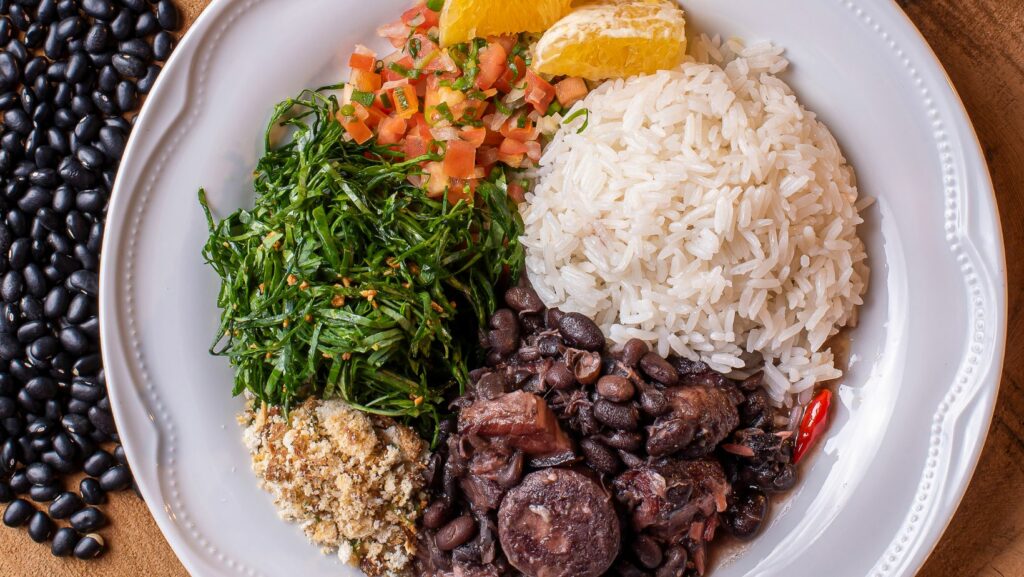Embark on a culinary journey to explore the vibrant and flavorful world of Korean food culture. From sizzling barbecue dishes to spicy kimchi, Korean cuisine offers a diverse range of flavors and textures that tantalize the taste buds. Discover the rich traditions and unique ingredients that make Korean food a beloved global sensation.
Korean Food Culture
Korean food culture has undergone a remarkable transformation from traditional to modern cuisine. While traditional dishes like bibimbap and bulgogi remain quintessential representations of Korean culinary heritage, modern influences have brought innovation and fusion to the dining table. The melding of traditional flavors with contemporary techniques has created a dynamic food scene that appeals to both locals and global palates.

Historical events have played a significant role in shaping Korean food culture. The Korean War, for instance, led to food scarcity, prompting resourceful cooking methods and preservation techniques. This period of hardship influenced the development of iconic dishes such as army stew (budae jjigae), which creatively incorporated leftover military rations into a hearty communal meal.
Key Ingredients in Korean Cuisine
Korean cuisine is known for its bold and vibrant flavors, achieved through the use of a variety of common spices and seasonings. Some essential spices and seasonings in Korean cooking include:
- Gochujang: A fermented red chili paste that adds a spicy kick and depth of flavor to dishes like bibimbap and tteokbokki.
- Doenjang: A traditional Korean soybean paste used in soups, stews, and marinades to enhance umami flavors.
- Sesame Oil: Widely used for its nutty flavor and aroma, sesame oil is a key ingredient in many Korean dishes, such as bulgogi and namul.
- Garlic and Ginger: These aromatic ingredients are often used together to provide a fragrant and savory base for various dishes.
- Soy Sauce: An essential condiment that adds saltiness and richness to marinades, sauces, and stir-fries.
These spices and seasonings not only contribute to the distinct taste of Korean cuisine but also play a crucial role in enhancing the overall dining experience.
Staple Foods in Daily Meals
In Korean food culture, certain staple foods form the foundation of daily meals, providing nourishment and comfort to individuals and families alike. Some common staple foods in Korean cuisine include:

- Rice: A staple grain in Korean cuisine, rice is typically served with most meals and plays a central role in traditional dishes like bibimbap and kimbap.
- Kimchi: A fermented vegetable side dish, most commonly made with Napa cabbage and Korean radishes, kimchi is a ubiquitous component of Korean meals, adding unique flavors and probiotic benefits.
- Tofu: A versatile ingredient often used in stews, soups, and stir-fries, tofu provides a source of protein and a silky texture to dishes.
- Gim (Seaweed): Often enjoyed as a snack or used as a wrapping for rice and vegetables, gim offers a salty and savory element to Korean cuisine.
These staple foods not only showcase the diversity of Korean culinary traditions but also reflect the deep-rooted cultural importance of food in Korean society.
Popular Korean Dishes Everyone Should Try
Korean street food and snacks offer a delightful insight into the country’s culinary landscape. Korean food culture showcases a diverse range of vibrant street foods that are not only delicious but also deeply rooted in tradition and innovation. From the iconic tteokbokki, spicy stir-fried rice cakes, to the savory mandu, Korean dumplings, these quick bites are a must-try for anyone exploring the bustling streets of Korea.

In Korean culture, food plays a significant role in various festivities and ceremonies. Traditional dishes are central to celebrations, symbolizing blessings, good fortune, and unity among people. During festive occasions like Chuseok, the Korean harvest festival, dishes like songpyeon, colorful rice cakes filled with sweet ingredients, are prepared to honor ancestors and express gratitude for the harvest season. Additionally, dishes like japchae, stir-fried glass noodles with vegetables and meat, are popular choices during festive gatherings, signifying longevity and prosperity. These ceremonial foods not only deliciously represent Korean culinary traditions but also embody the cultural richness and values that Korean food culture upholds.



